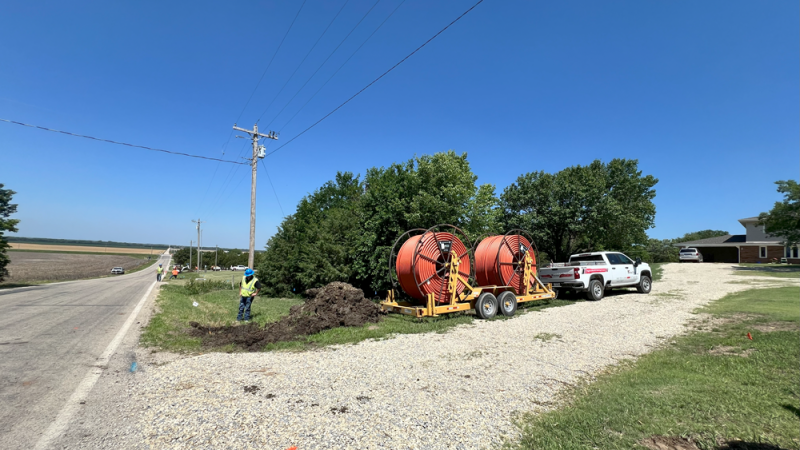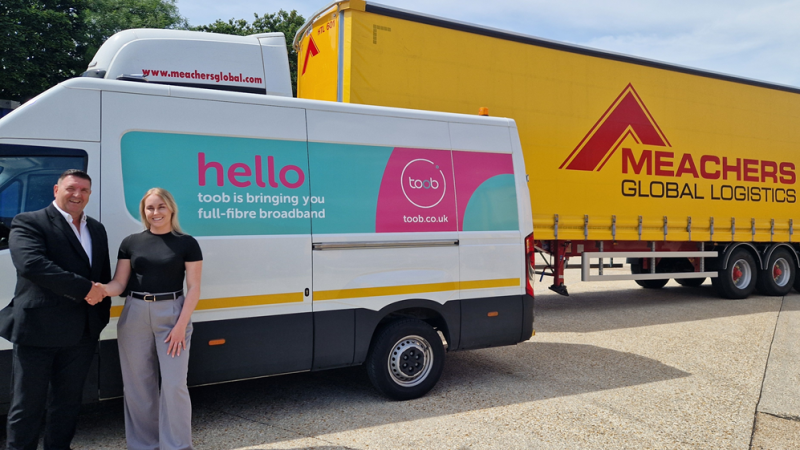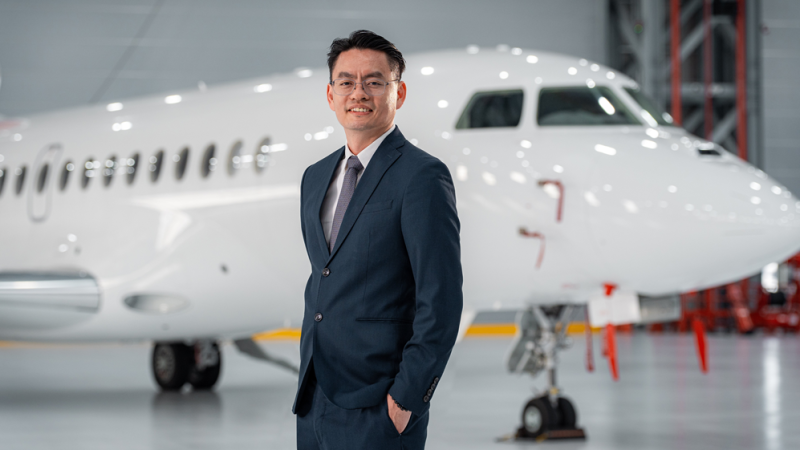St Helena Island in the South Atlantic Ocean is one of the few remaining untouched destinations left in the world. Until recently, the remote tropical British territory had only been accessible by ship, with commercial flights starting only in 2017 from the new St Helena Airport built as a green field development.
St Helena enjoys a unique location – 1210 nautical miles west of Angola and 2,500 nautical miles east of Rio de Janeiro – and in the past the island was only accessible by a six-day ship journey from Cape Town that departed once every three weeks, making it one of the most remote populated places on earth, measured in travel time from major cities.
That is now history. The airport has fundamentally changed the island’s connection to the world and opened up new opportunities. With twice-weekly flights operated by Airlink to Cape Town and Johannesburg in peak season (from December to March), and a single flight a week for the rest of the year, the airport has put St Helena on the world travellers’ map.
The island’s unique natural environment, with its endemic plants and species, and outdoor activities such as fishing, scuba diving, spear fishing and walking, as well as an historical connection to Napoleon who was exiled here in 1815, is now set to attract an increased number of nature and history lovers.
In addition to the scheduled flights to South Africa, the airport also accommodates private and charter flights, as well as technical stops for aircraft flying between South America and Africa. Very importantly, it also caters for medevac flights to take seriously ill patients to the African mainland to receive life-saving treatment.
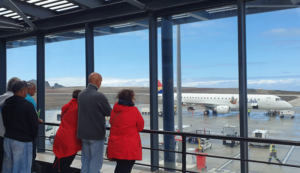 Small and efficient
Small and efficient
Business Focus had the privilege of speaking to St Helena Airport CEO Gwyneth Howell and Executive Director Tavonga Chikwenhere, both of whom have actively participated in shaping the company as well as the airport itself.
Howell, a professional air traffic controller, joined the St Helena Airport Project as the Aviation Safety Specialist with the task of setting up the Air Traffic Services for the airport, ensuring compliance with all international regulations and guidelines. In 2018, she became the Chief Executive Officer and Accountable Manager of SHAL, and Executive Director of the SHAL Board.
Chikwenhere, a finance professional with many years of working experience in providing accounting and consultancy services across various sectors, joined the organisation in 2019 as the Business Manager was appointed to the Board in the same year.
Howell acknowledges that SHAL has a small team of approximately 30 permanent staff, hence multitasking is essential. “We all help out with any manual or office-based task as and when required. As an international gateway to the island, it’s very important that we keep access open at all times.”
The team’s work is supported by sub-contractors for Air Traffic Control (ATNS), meteorological forecasting (the UK Met Office) and ramp/security operations (Solomon and Company (St Helena) Plc), as well as other companies who assist with fuels and maintenance.
The human factor
While the numerous challenges that the airport faced during its design and construction have been overcome, some challenges are of a long-term nature. Nearly 48.1% of the current population are above the age of 65 so human resources are scarce on an island with approximately 4,200 inhabitants, the majority of whom live and work in Jamestown, the capital.
The weather is another challenge, says Howell. “As we are 1,000 feet above sea level the cliff creates its own fog, and there is no consistency in weather patterns – every single year is different, so predicting weather conditions is difficult. Here we use the support of the UK Met Office.”
The shortage of talent is an issue the airport is paying a lot of attention to, and Howell affirms that both the company and the airport are very much involved in the community. A Young Firefighter Program was created offering a two-year programme with potential job opportunities available within the company. The airport also welcomes the elderly – on an operational day, senior citizens are transported to the airport where they can enjoy a cup of tea and cake at the restaurant and watch the world go by, a popular event.
Chikwenhere affirms that the airport plays a vital part in the community. “We are passionate about supporting young people to come up, as we need to ensure that there is a pipeline of potential employees on the island. Aviation, and job opportunities within aviation, are very new on the island, something that many people would have never thought of. So we are trying to introduce these novel opportunities, instigating the idea of an attractive career, perhaps as an air traffic controller, security official or ground handling personnel.”
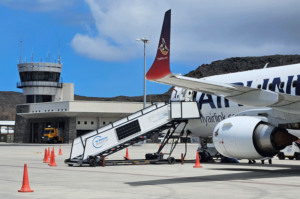 Modern and efficient
Modern and efficient
However, being a very new airport also has its advantages. “We were a greenfield airfield development. So all our systems are digitised, and the airport was constructed with the latest innovations and environmental considerations. For example, the terminal facade is volcanic rock, so it blends nicely into the environment.”
In 2021, following independent verification to internationally recognised standards, St Helena Airport joined the Airports Council International (ACI) Airport Carbon Accreditation programme, achieving Level 1 “Mapping” accreditation. This milestone saw St Helena Airport being the first British Overseas Territory airport to join the programme, and it commits the airport to reducing its emissions, with the ultimate aim of achieving carbon neutrality. Due to financial constraints St Helena Airport has not been able to maintain the accreditation, however it remains committed to safeguarding the environment for future generations. The airport is a member of the ACI Africa Environmental Committee.
“Human activity is having profound effects on the environment, wildlife, water supply, weather patterns, food supply and geographical changes”, said Howell. “It is SHAL’s corporate and social responsibility to further reduce our carbon footprint to protect the environment for all generations. We have established our footprint; therefore, we now need to actively adopt carbon management practices, utilising value for money initiatives directed at reducing our footprint, by introducing energy-saving technologies and reducing our reliance on fossil fuels.”
While no further investment is planned for the near future, the airport is positioned to increase the number of flights in the years to come. Howell says: “The global pandemic hit us quite badly so now the tourism strategy is starting to take a more defined shape, to promote St Helena and to attract more people to visit. As the company and as the airport, our mission is to be the international gateway to the island, to support its people and the local economy.”

